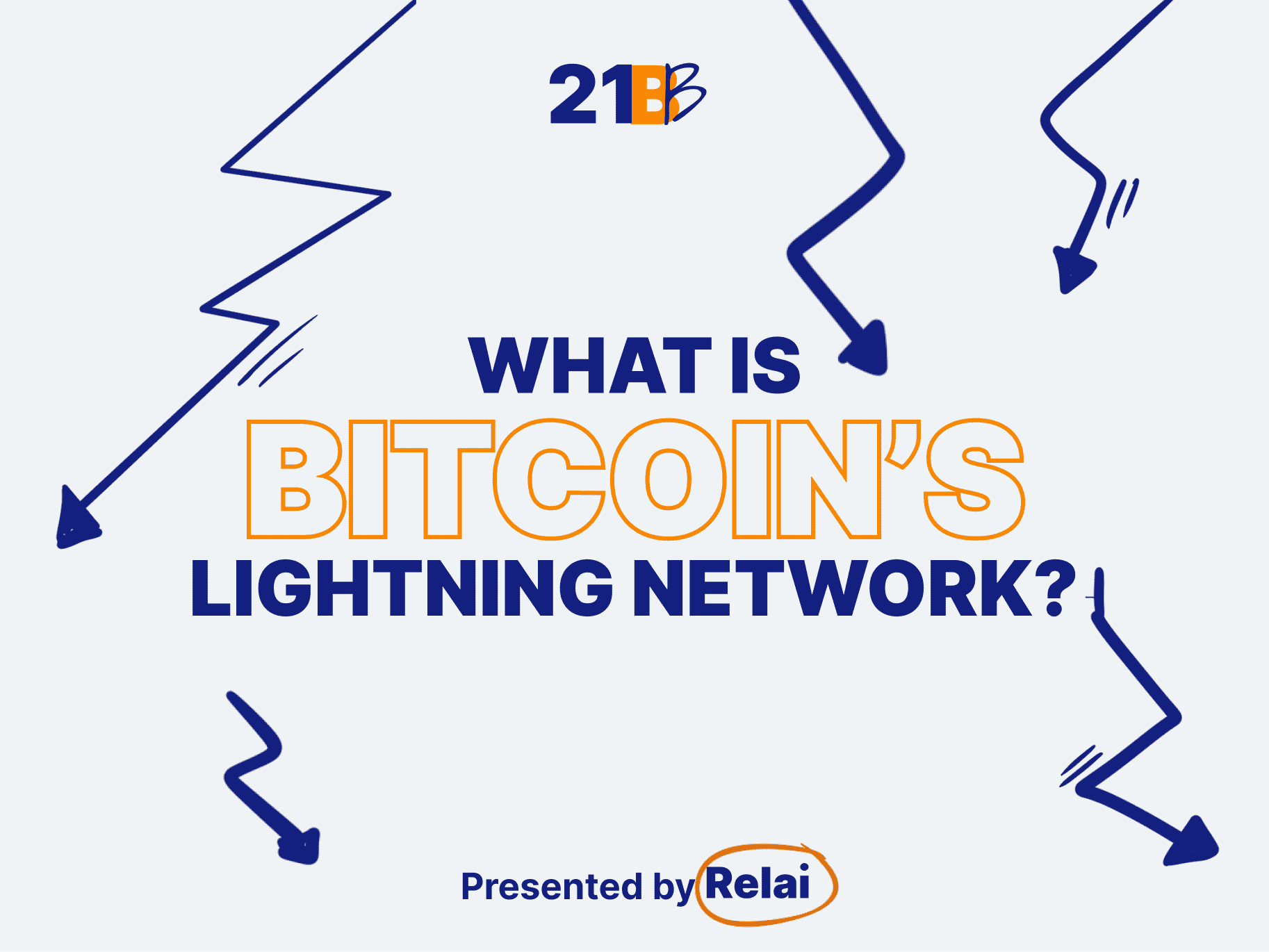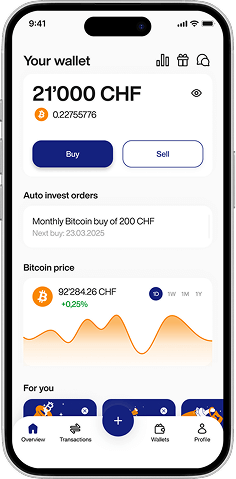Read on to learn what the Lightning Network is, how it works, and why it’s becoming so popular among bitcoin users.
What is the Bitcoin Lightning Network?
The Lightning Network (LN) is a second-layer solution created to help the Bitcoin network scale by allowing bitcoin users to make instant, low-cost off-chain bitcoin transactions.
The Bitcoin blockchain was built in a way that it can only handle around seven transactions per second. That’s small when you compare it to payment rails like Visa, which can process more than 1,700 transactions per second. Additionally, bitcoin transactions take around 10 to 20 minutes to be confirmed by miners in the Bitcoin network, creating a time lag between making a payment and the payment settling.
While Bitcoin’s slow on-chain confirmation times aren’t an issue for large cross-border transactions, when it comes to smaller day-to-day payments they become an issue.
To address the Bitcoin network’s inability to process more transactions and to provide a low-cost alternative to on-chain transactions, the Bitcoin Lightning Network was built.
In theory, the Lightning Network can handle millions of transactions per second as all transactions occur peer-to-peer directly between the sender and recipient through payment channels without the involvement of miners or the Bitcoin blockchain. Only the initial amount and final amount of the payment channels are recorded on-chain.
The Lightning Network was first proposed by Joseph Poon and Thaddeus Dryja in 2015 but only launched its beta in 2018. Since then, it has grown to hold over 3,300 BTC, processing tens of thousands of transactions per day.
How Does the Lightning Network Work?
The Lightning Network is a decentralized network of individual payment channels that allows bitcoin users to make instant, low-cost payments to anyone in the world or just to pay for coffee.
LN is a second layer that sits on top of the Bitcoin blockchain. Instead of bitcoin transactions occurring on-chain, Lightning Network transactions take place off-chain through payment channels between two parties.
A payment channel is created between two parties, allowing them to send and receive an unlimited number of near-instant transactions that cost only a few cents.
Paying for coffee at a café that accepts LN payments, for example, is as simple as paying with Apple Pay. You simply scan the recipient’s QR code using your Lightning-enabled bitcoin wallet, type in the amount you want to send in BTC, and as soon as you click send, the funds arrive in the recipient’s Lightning wallet.
Additionally, third parties can use an existing channel to process transactions, which makes splitting the bill super easy with the Lightning Network.
While the value communication is open on the Lightning Network, transactions don’t reflect on the blockchain until either party closes the channel. The most recent transaction is then broadcasted to the Blockchain.
Takeaways:
- The Lightning Network is a decentralized network of individual payment channels that allows bitcoin users to make instant, low-cost payments to anyone worldwide or pay for coffee.
- The Lightning Network is a second-layer solution created to help the Bitcoin network scale by allowing bitcoin users to make instant, low-cost off-chain bitcoin transactions.
- The Bitcoin Lightning Network was built to address the inability to process more transactions and provide a low-cost alternative to on-chain transactions.
Disclaimer: Relai services are exclusively recommended for Swiss and Italian residents. None of this content constitutes investment advice. Always conduct your own research before investing in any digital asset.






